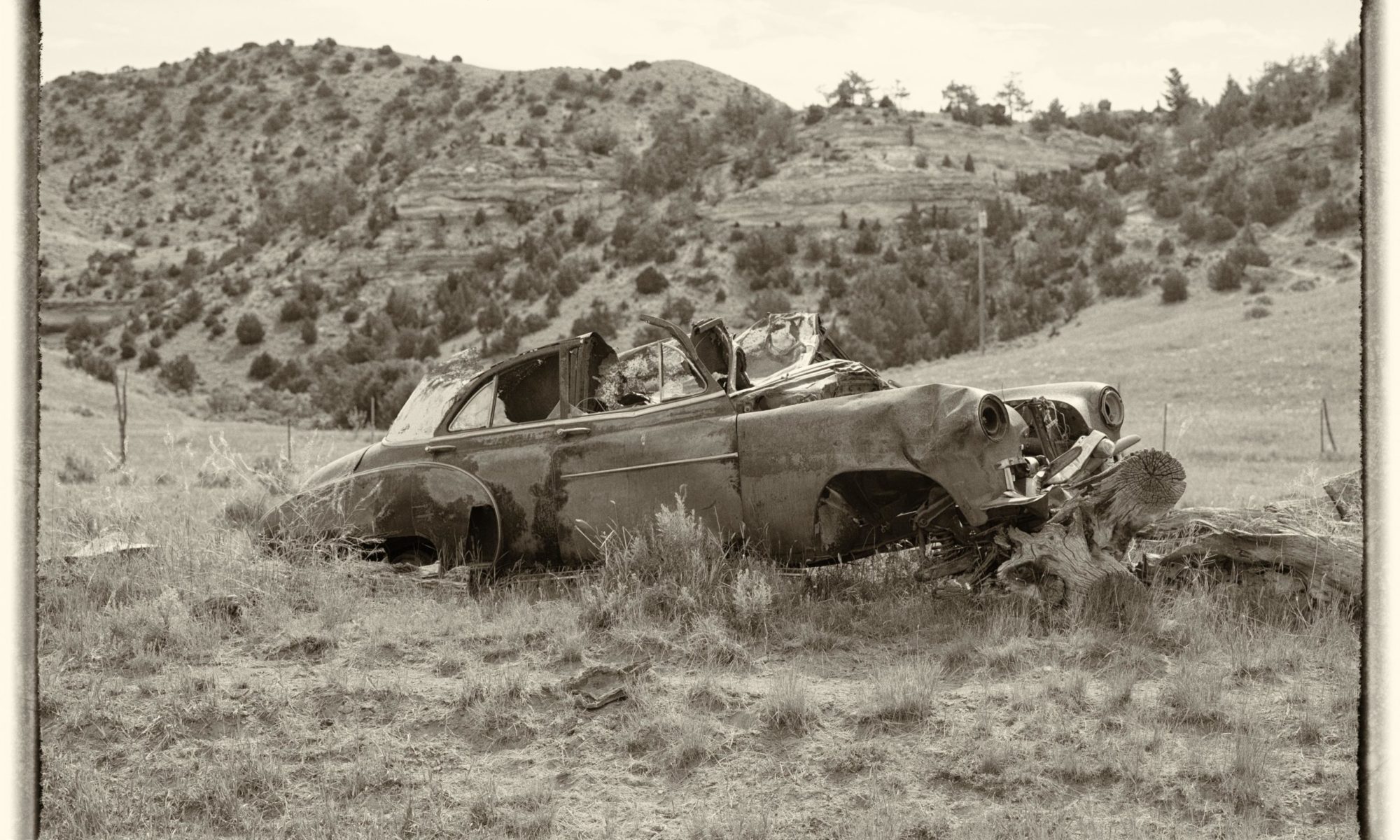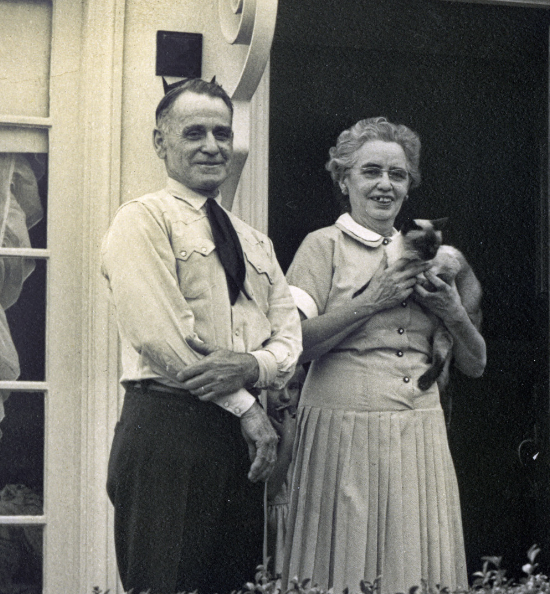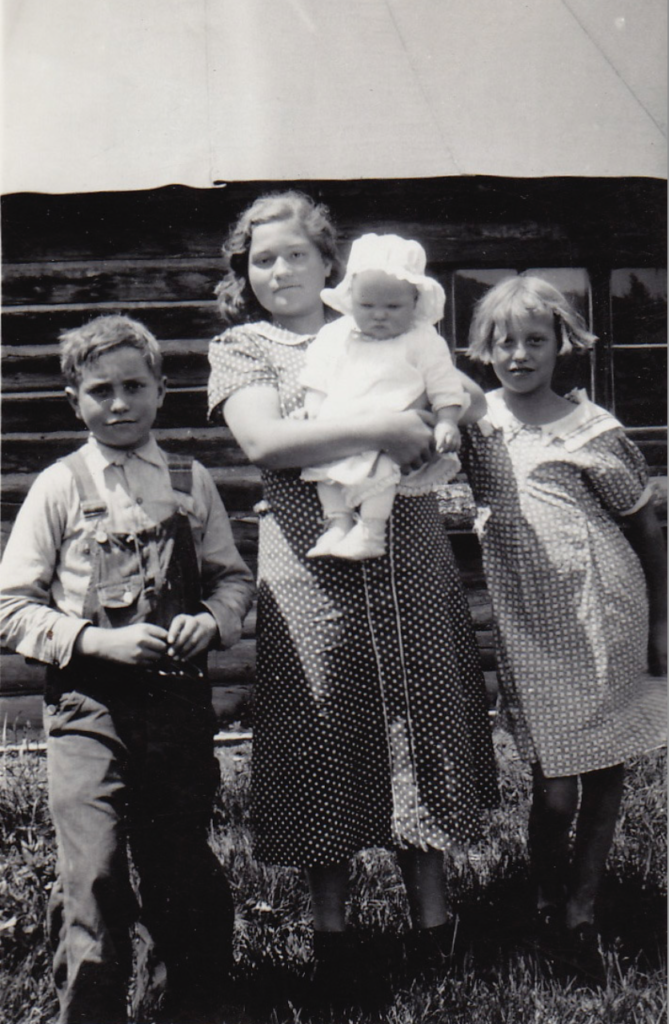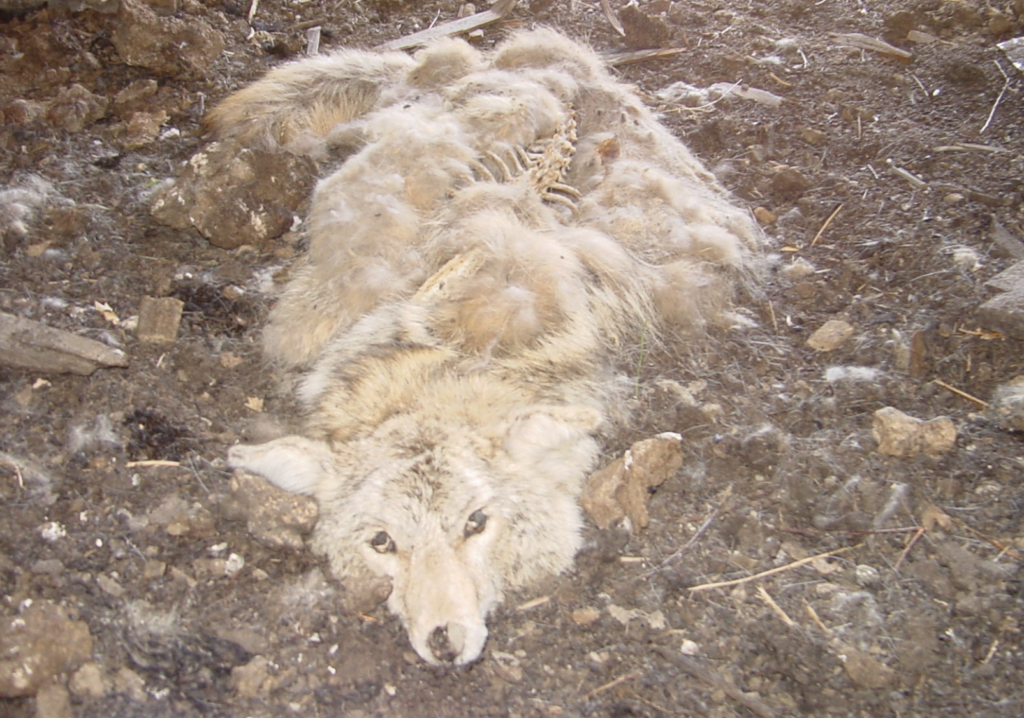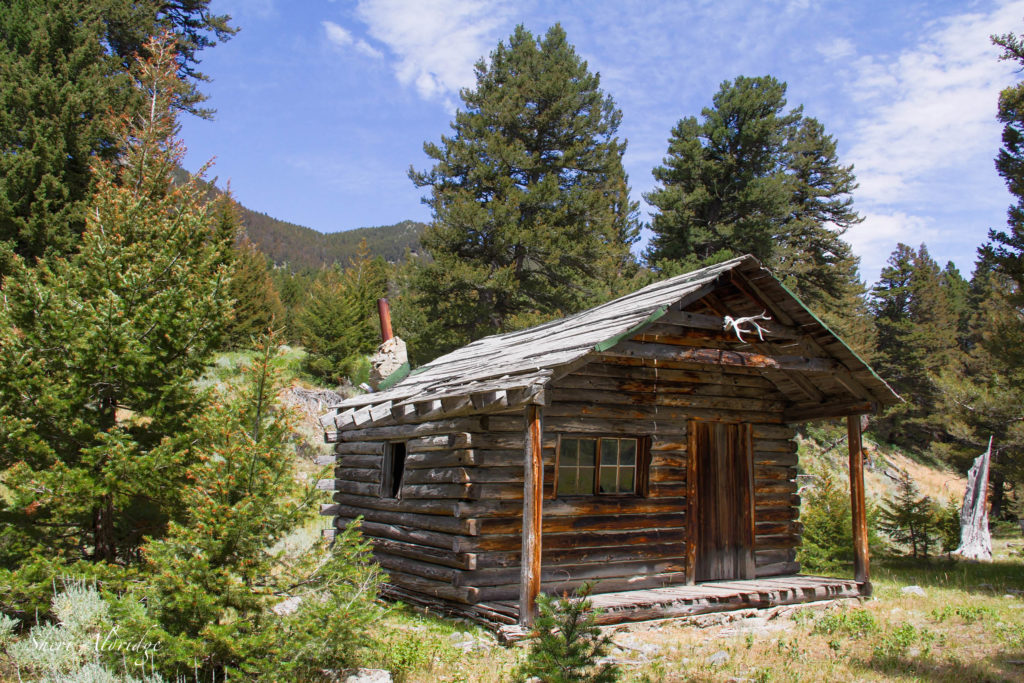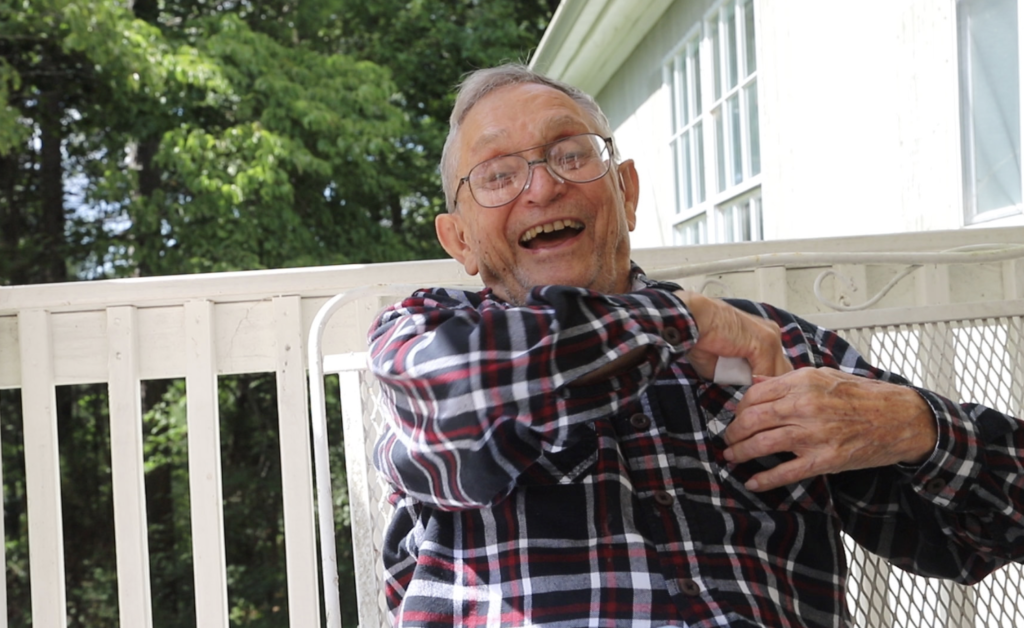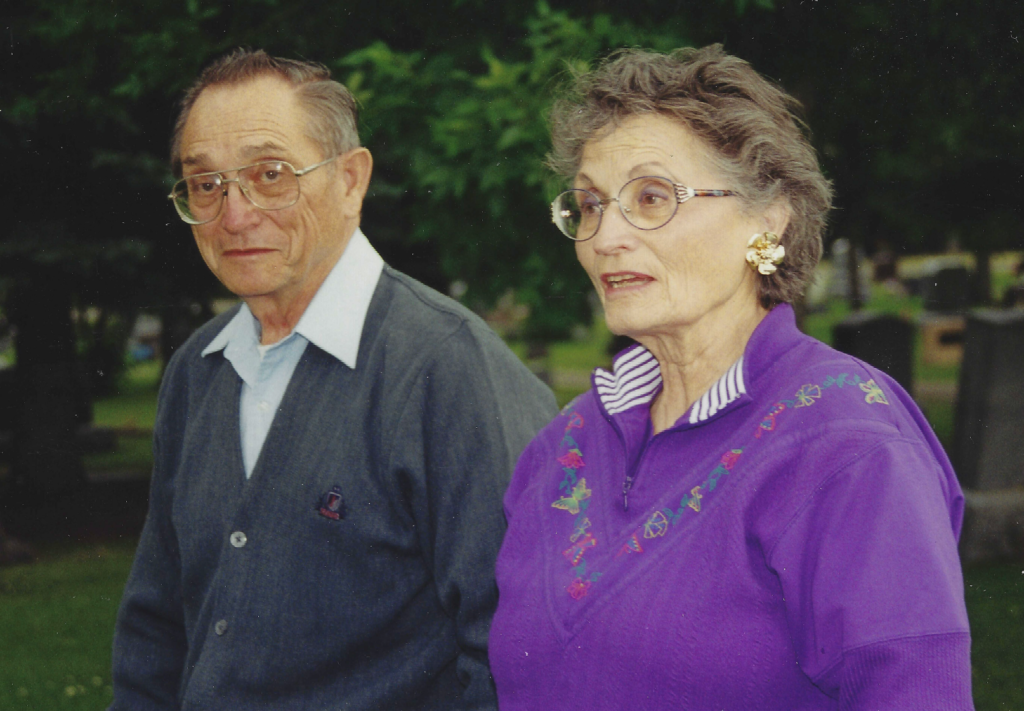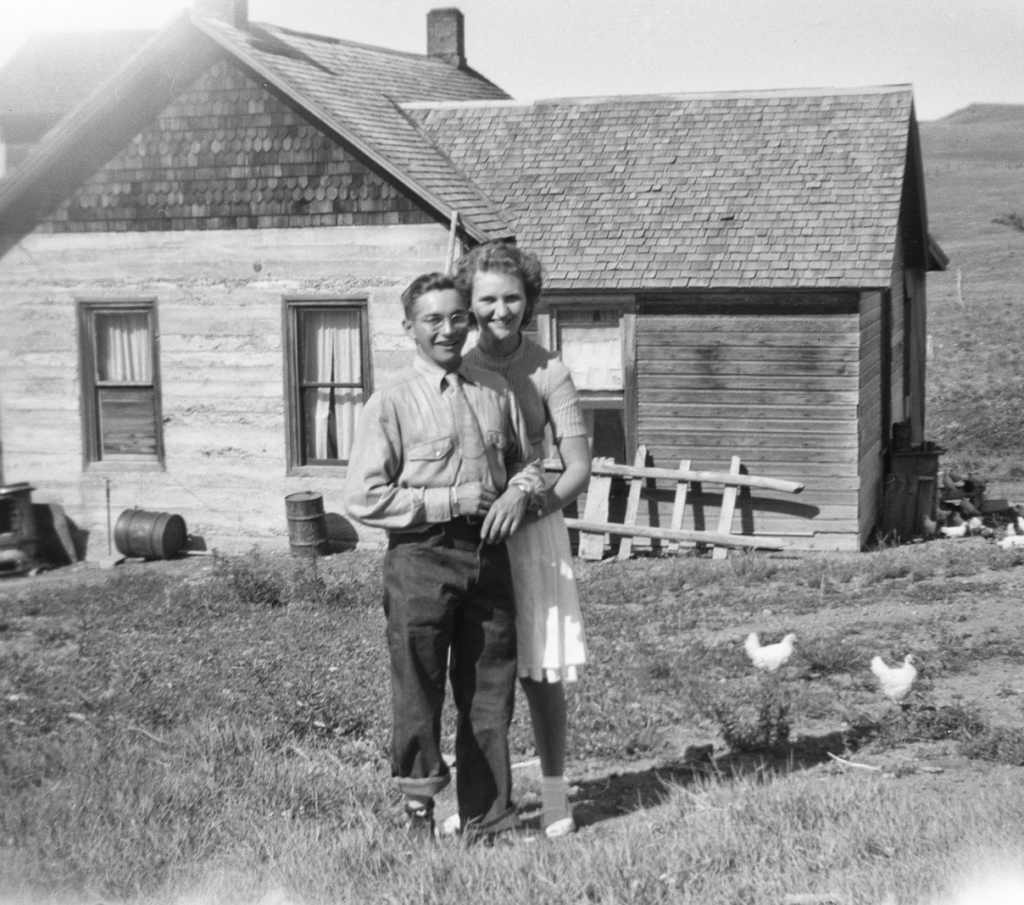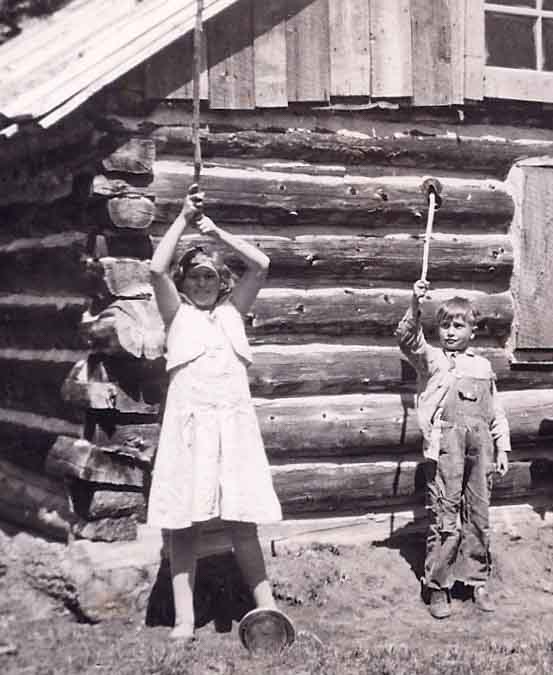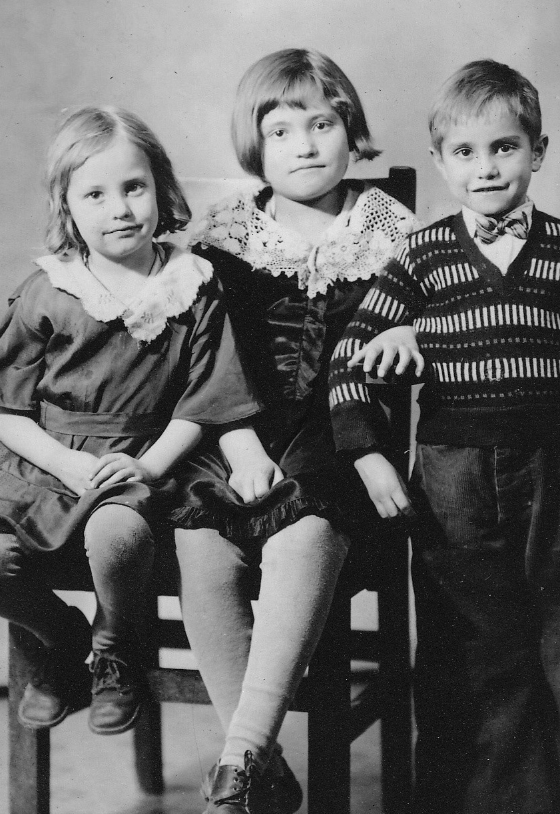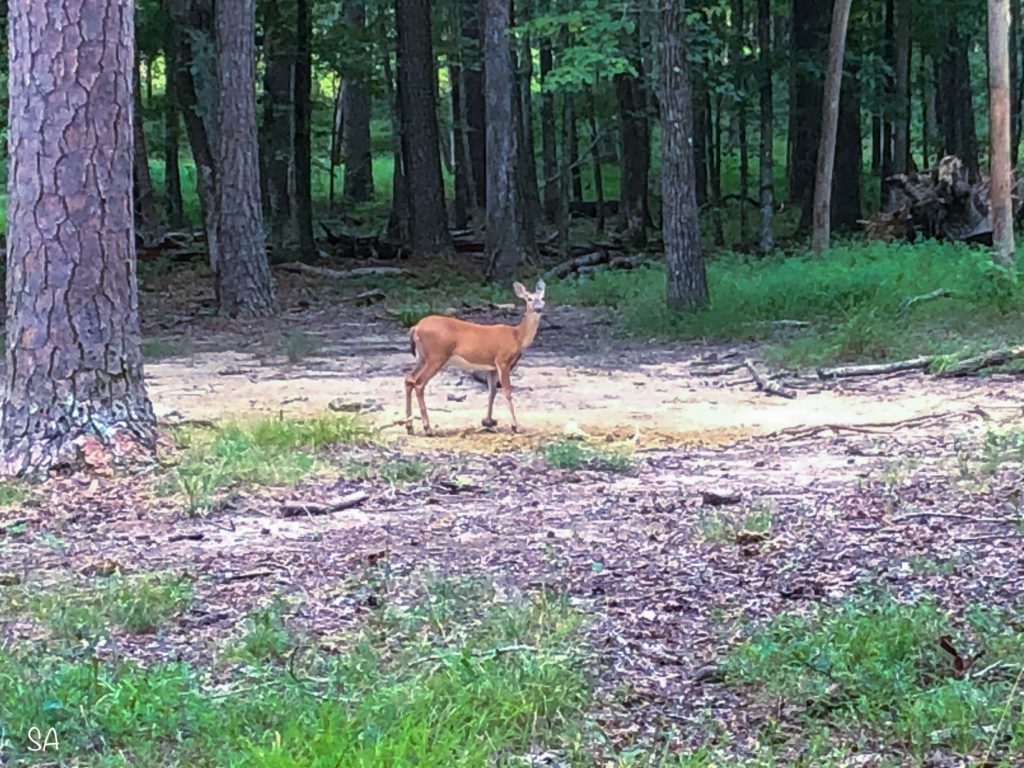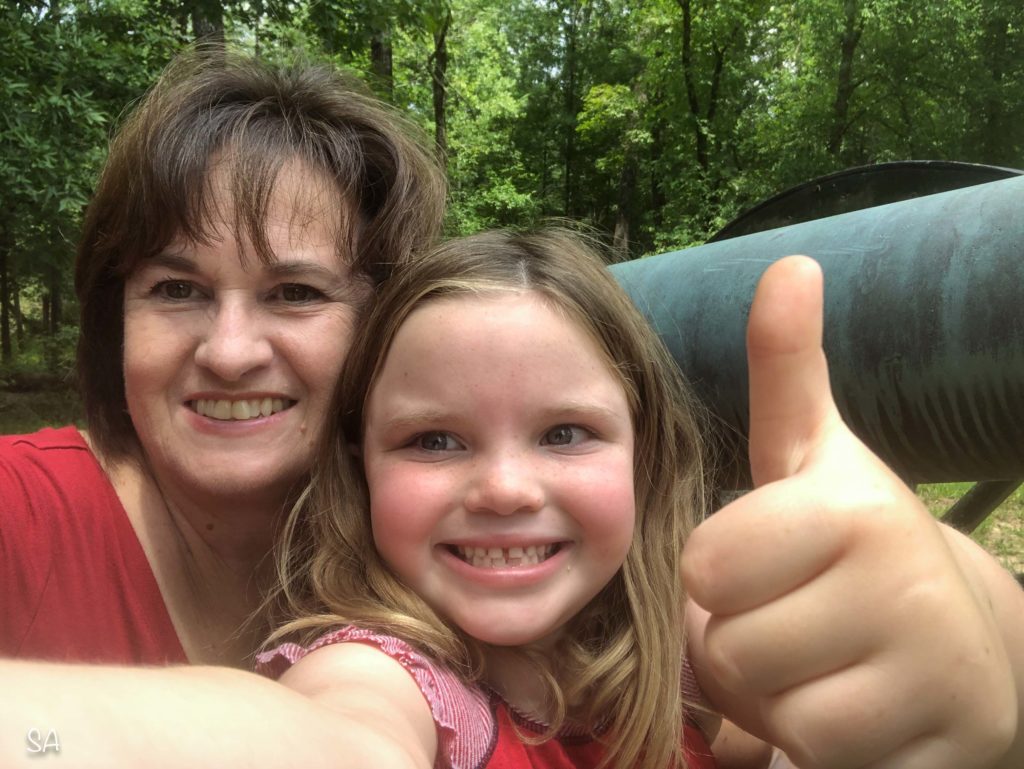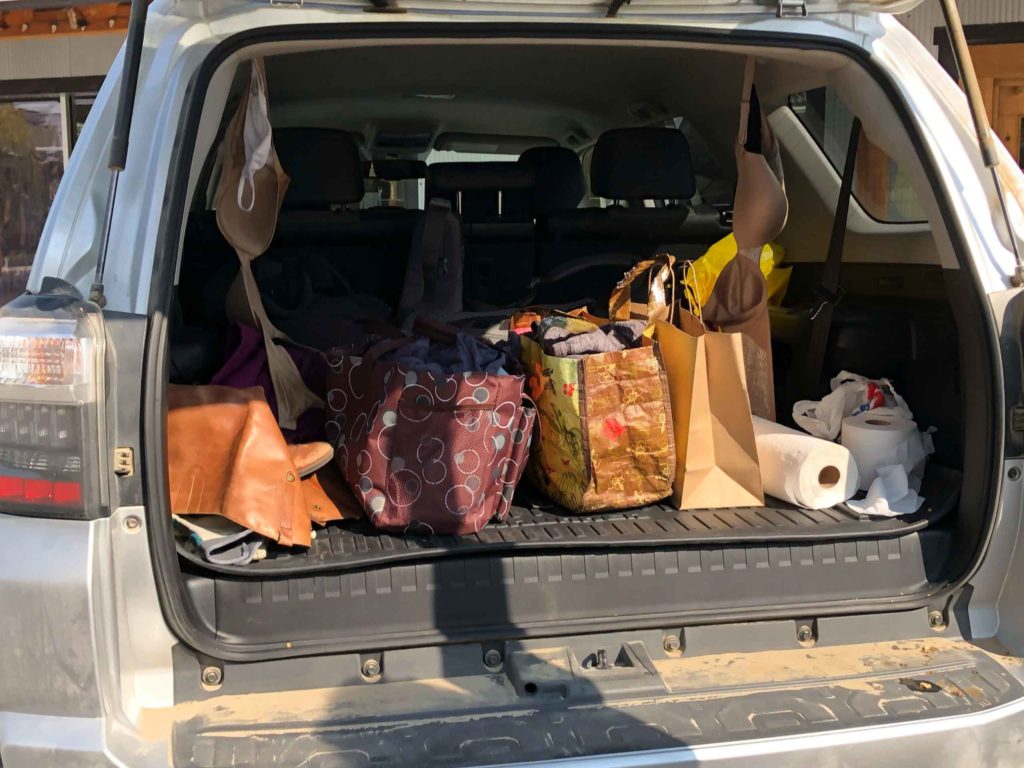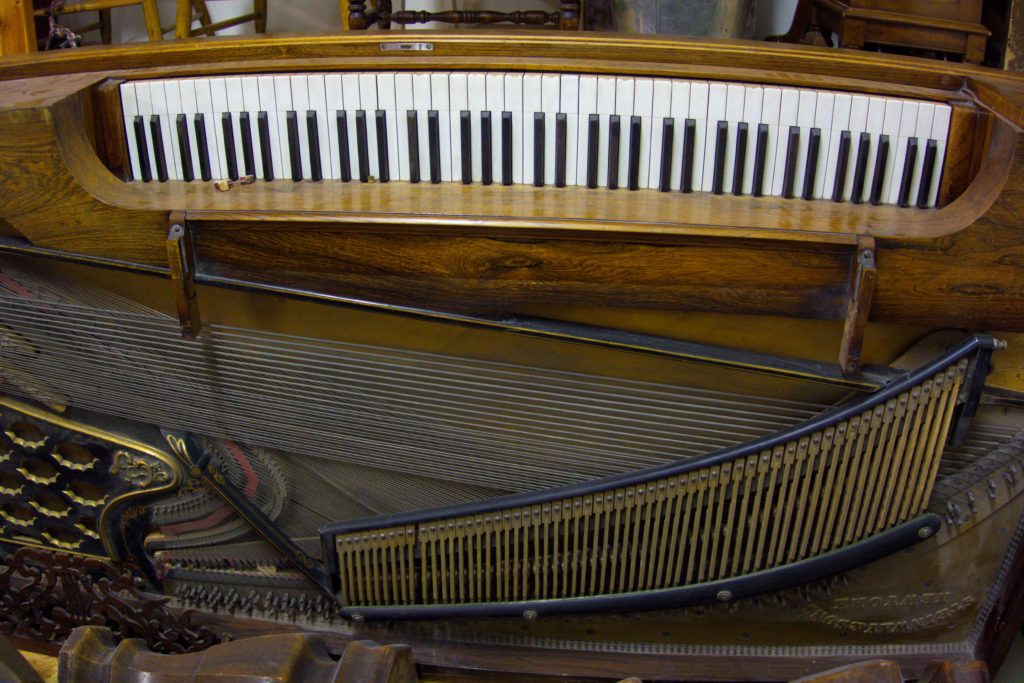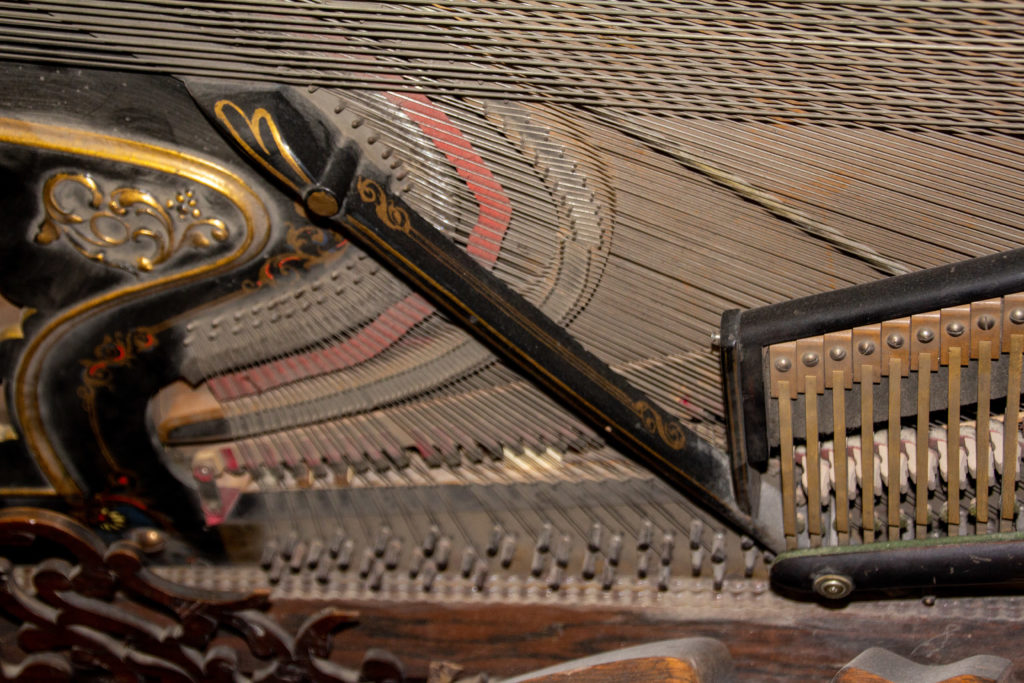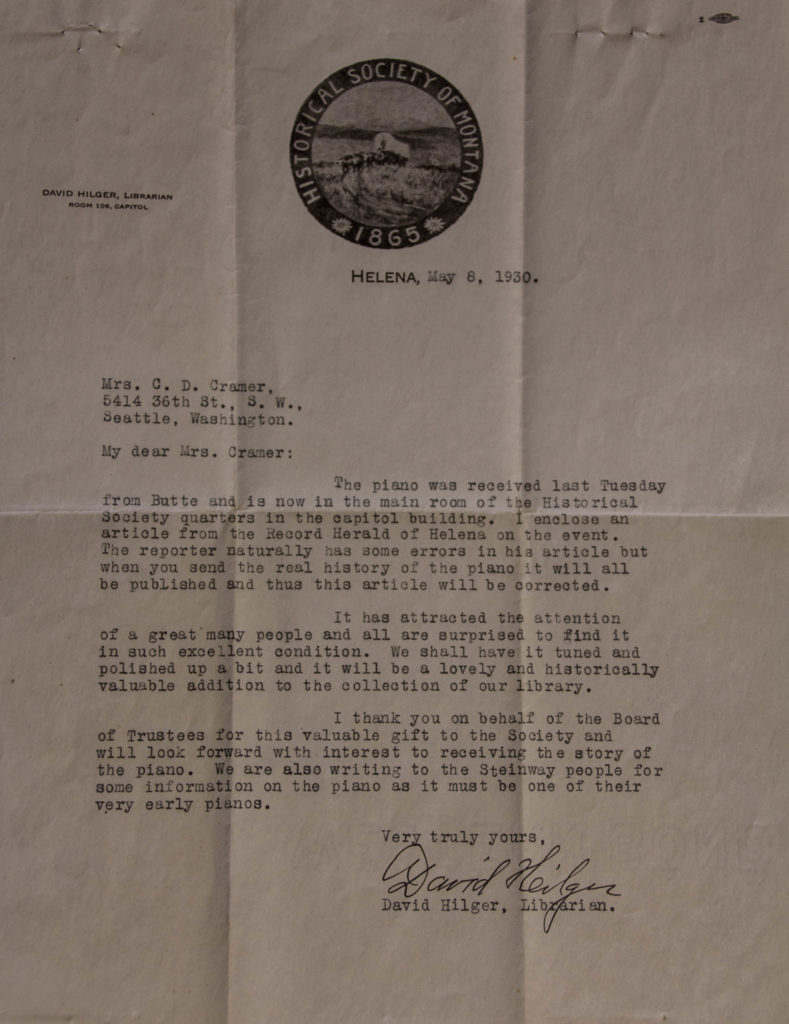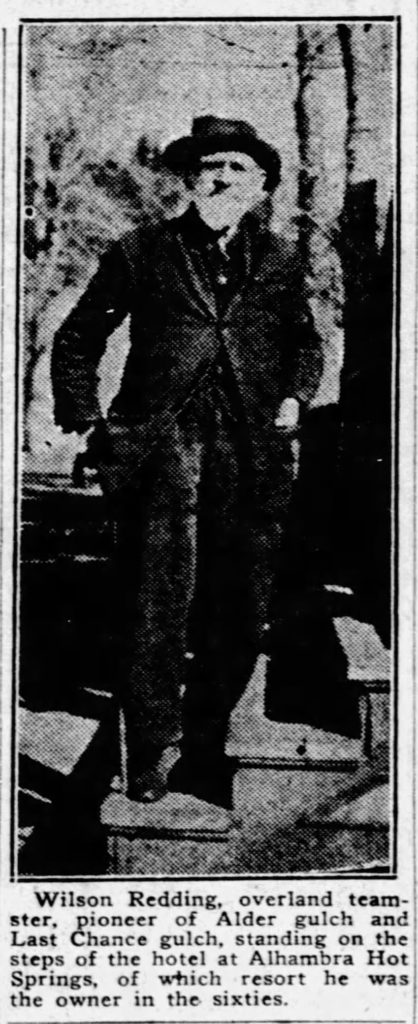One day I decided I needed to know how to crochet and knit. It fascinated me to watch my grandmother do her handwork. I sneaked a peek at her instruction sheet, and I couldn’t read a thing. Ch 17, dc in 4th ch from hook, 15 dc; Sl st, ch 17; dc in next 4 dc, ch 1, [sk next dc, shell in next dc] 4 times; trc in each st across; repeat in rounds. What did that even mean? To me, it was a foreign language, one I would have to learn in order to read the directions.
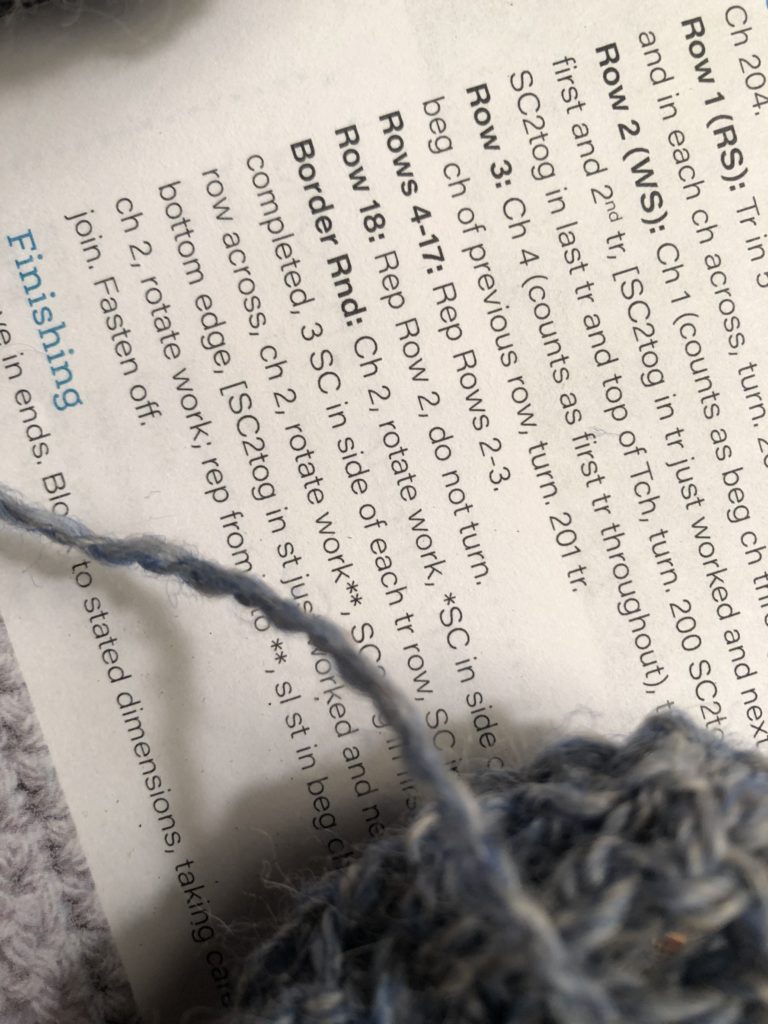
My grandmother did not willingly divulge information on her skills. With that in mind, I formed a plan of action. One day I walked into the room where she sat and said, “I want you to teach me to crochet, and knit those dish cloths like you make.” She stiffened up and started to sputter out excuses. Her greatest excuse was that she tried once to teach someone in the family to knit and crochet and they never could get it. Well, that wasn’t me! I said, “One day you’ll be gone. Don’t you want to leave those skills as part of your legacy? Tell me what I need to purchase – the exact hook and needle sizes and the specific type of yarn you use – and then you can teach me.” I pointed to a crochet pattern and said, “This is a foreign language. It makes no sense. I want to know how to read it and how to do each stitch. Then, I will be able to read any pattern.”
She looked skeptical and told me what I needed. A day or two later, I showed up with the suggested items and took instructions under her reluctant yet capable tutelage. It wasn’t long before I would go in and show her something I was working on, and I knew she was pleased.
My grandmother was hesitant to show me how to knit because she thought it would confuse me when I tried to read a pattern. She said she learned to knit from her friend, a Dutch lady, who taught her to knit ‘like the Dutch.’ That is completely different than the American way. I told her, “I want to do it just like you.” So, she taught me. Years after she died, I was working on a knitted baby blanket that gave instructions to purl. Oh my, how do you purl like the Dutch? I had no idea and found no help. One day, I gathered up my stuff, and went to visit my great aunt which was always a treat. I said, “I need help. I’m supposed to purl and I want you to show me how.” She said, “I don’t think I can show you because I don’t knit the American way.” I got a surprised look on my face. She said, “Who taught you to knit?” I responded, “Grandma Bee.” Then she looked surprised, “Oh! I can show you then because I taught her. We knit like the Europeans.” So, I learned to purl – just like the Dutch and Europeans. When I visited China, one of my daughter’s Chinese friends showed me how to knit like the Chinese which uses three threads per stitch.

the first crocheted afghan I ever made 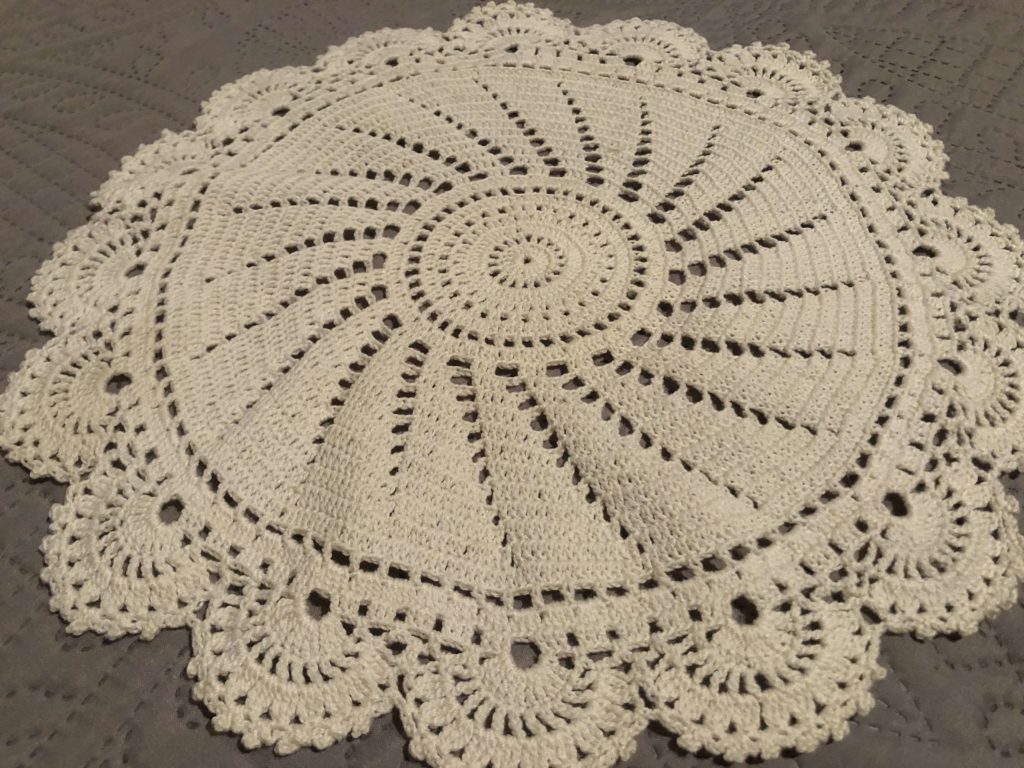
I especially like crocheting doilies
Every walk of life has its own language whether it’s the medical profession, cooking, engineering, construction, banking, sewing, crocheting or knitting. To speak those languages, you have to learn the unique terms and their meanings. Now if you come to my house, you will find a basket of yarn, knitting needles, and crochet hooks beside my chair, and I know how to use them. I learned the language!

knitting the European way and the Chinese way 
tools of the trade
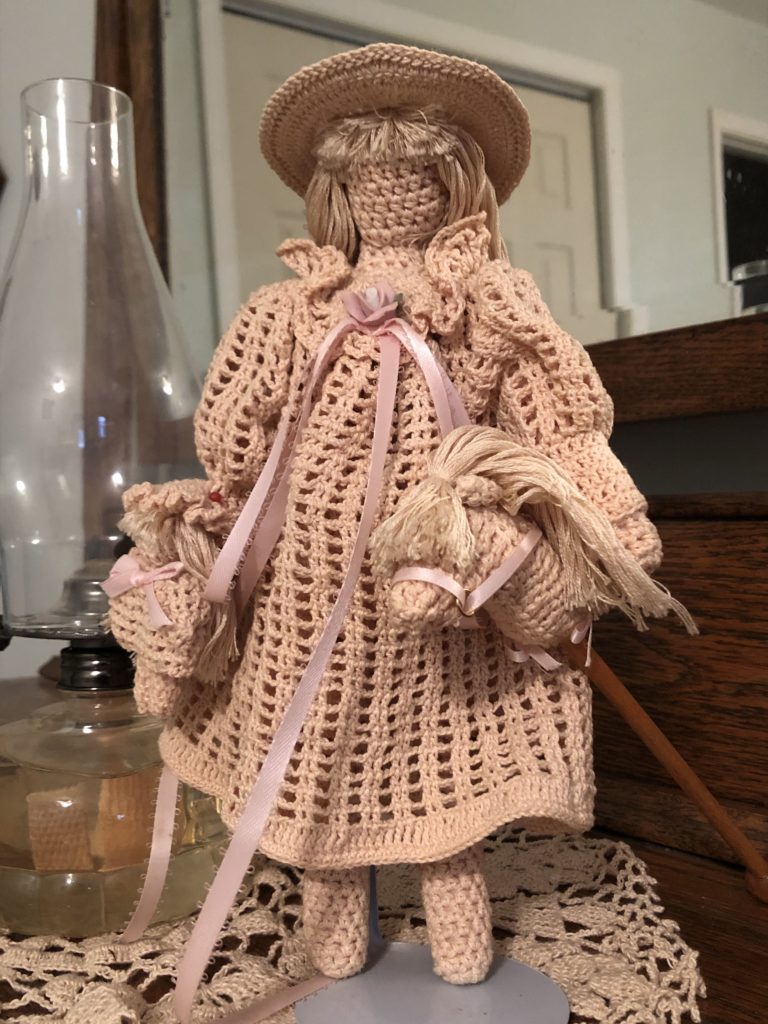
This little doll has a crocheted body as well as her clothing, horse and dolly. Hours and hours are spent crocheting one of these, but it is so satisfying when completed.
